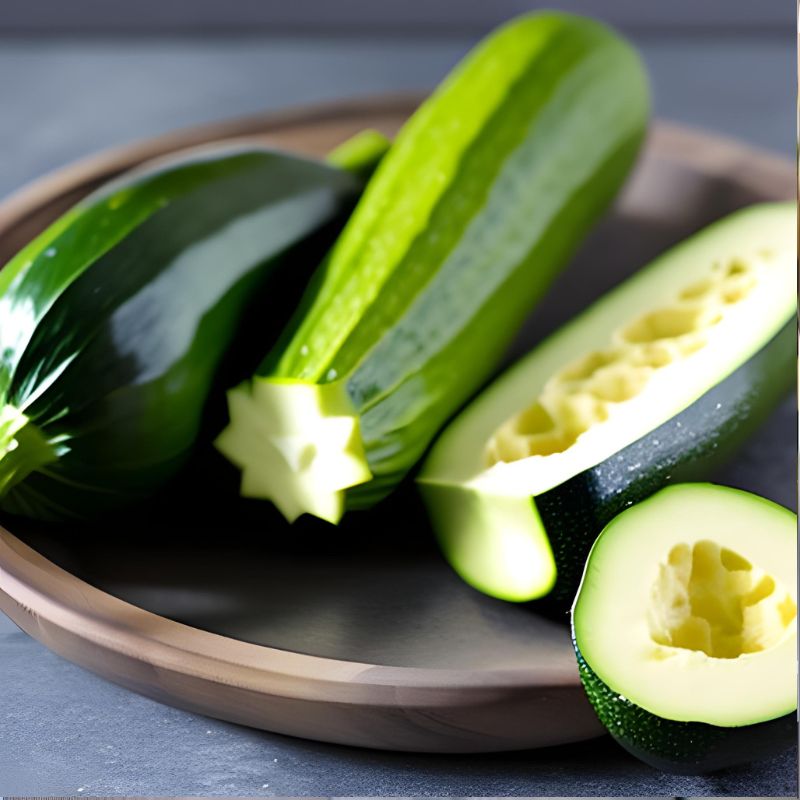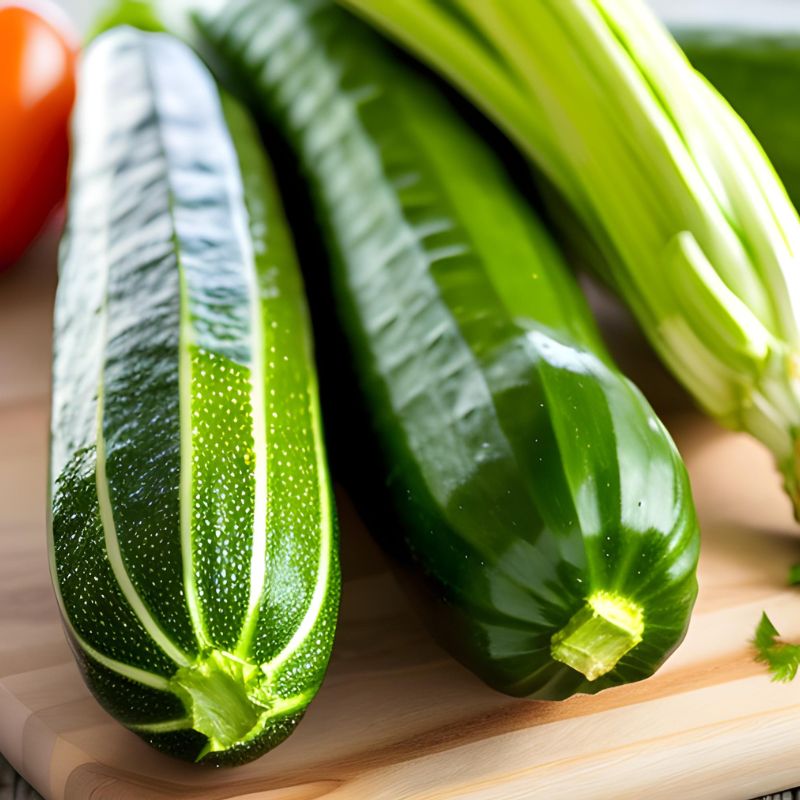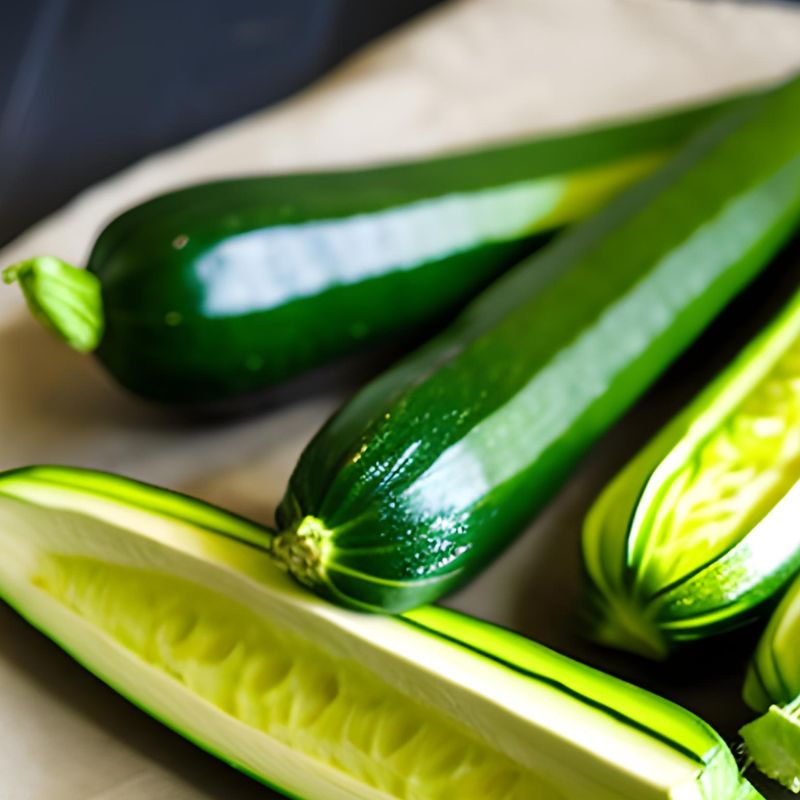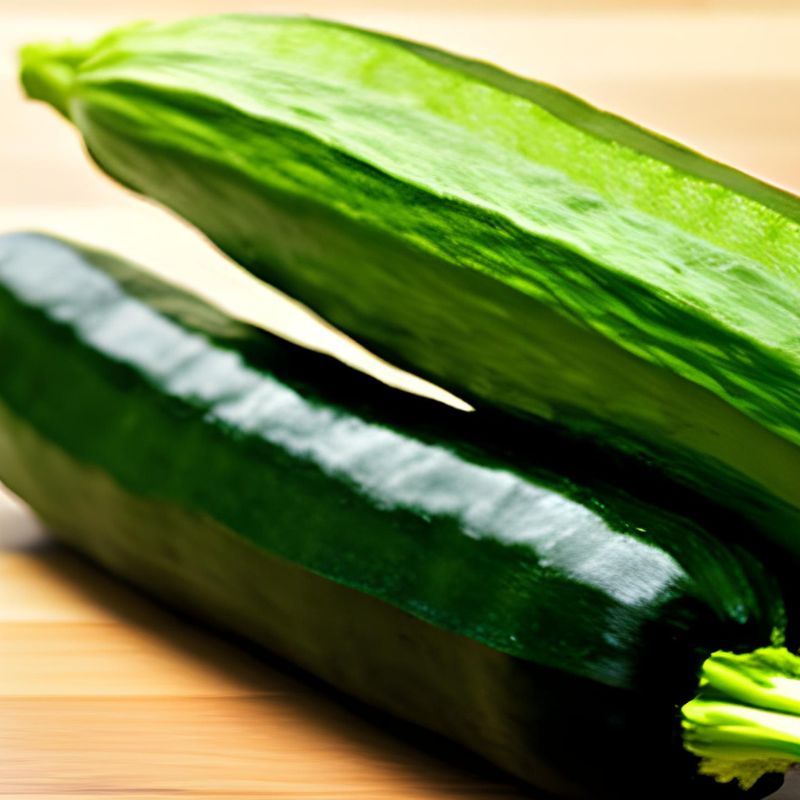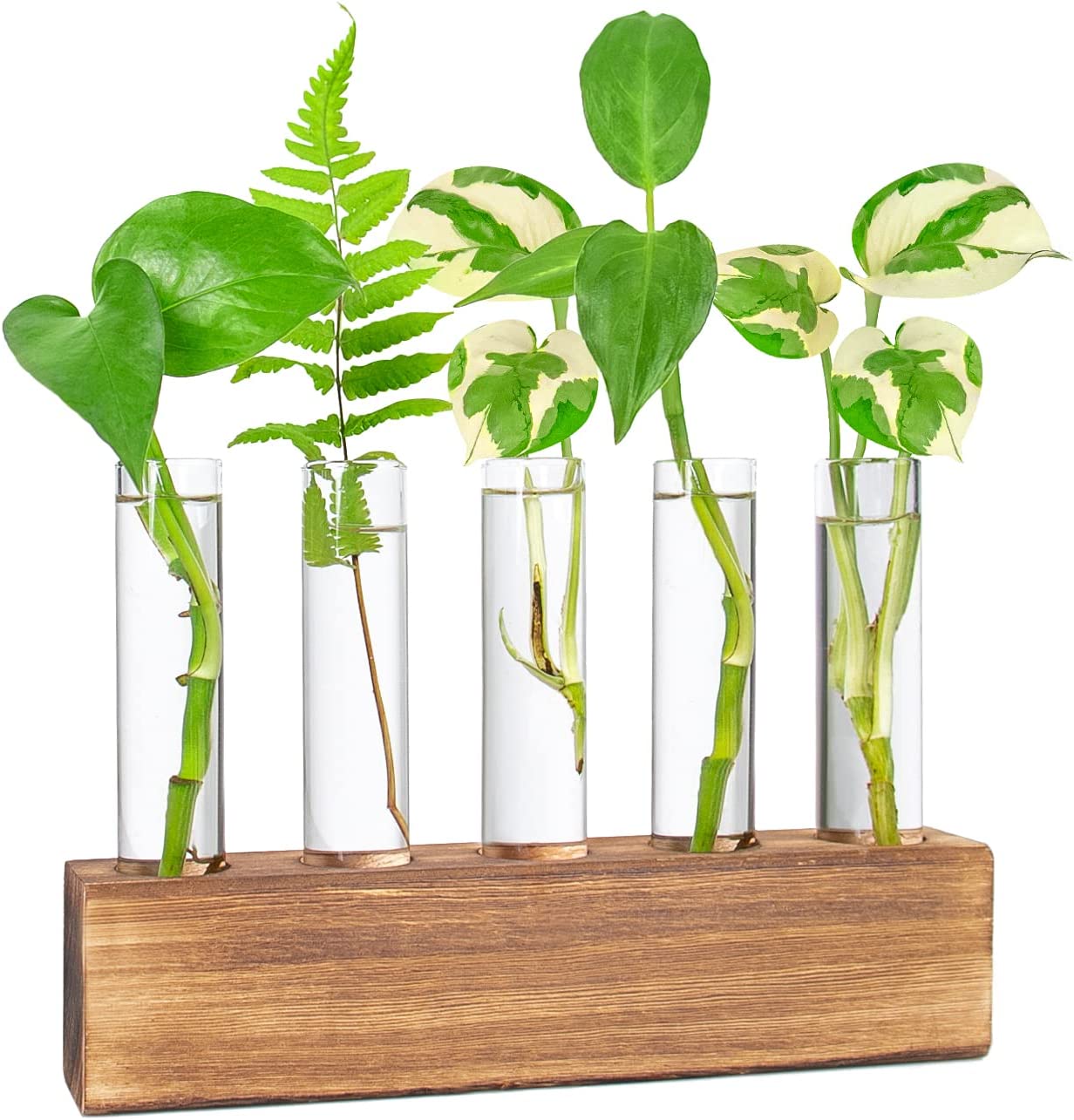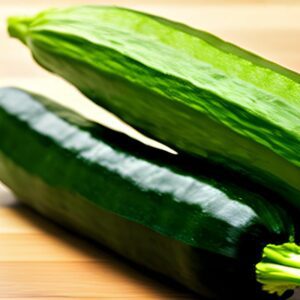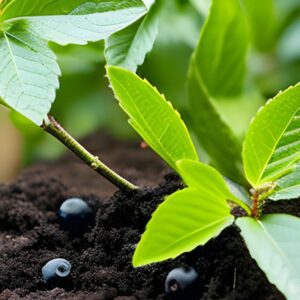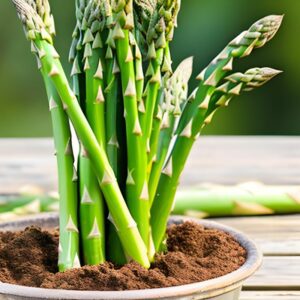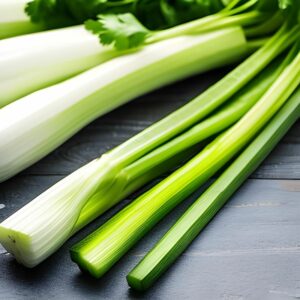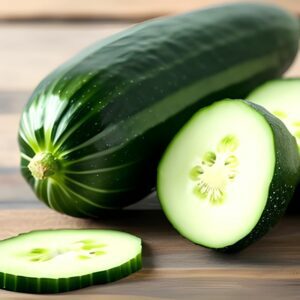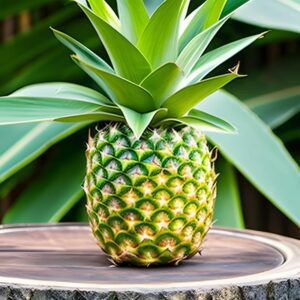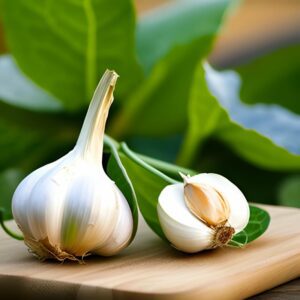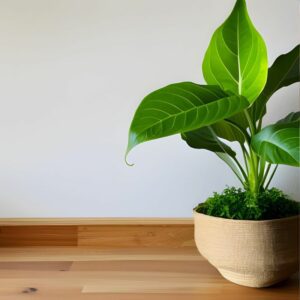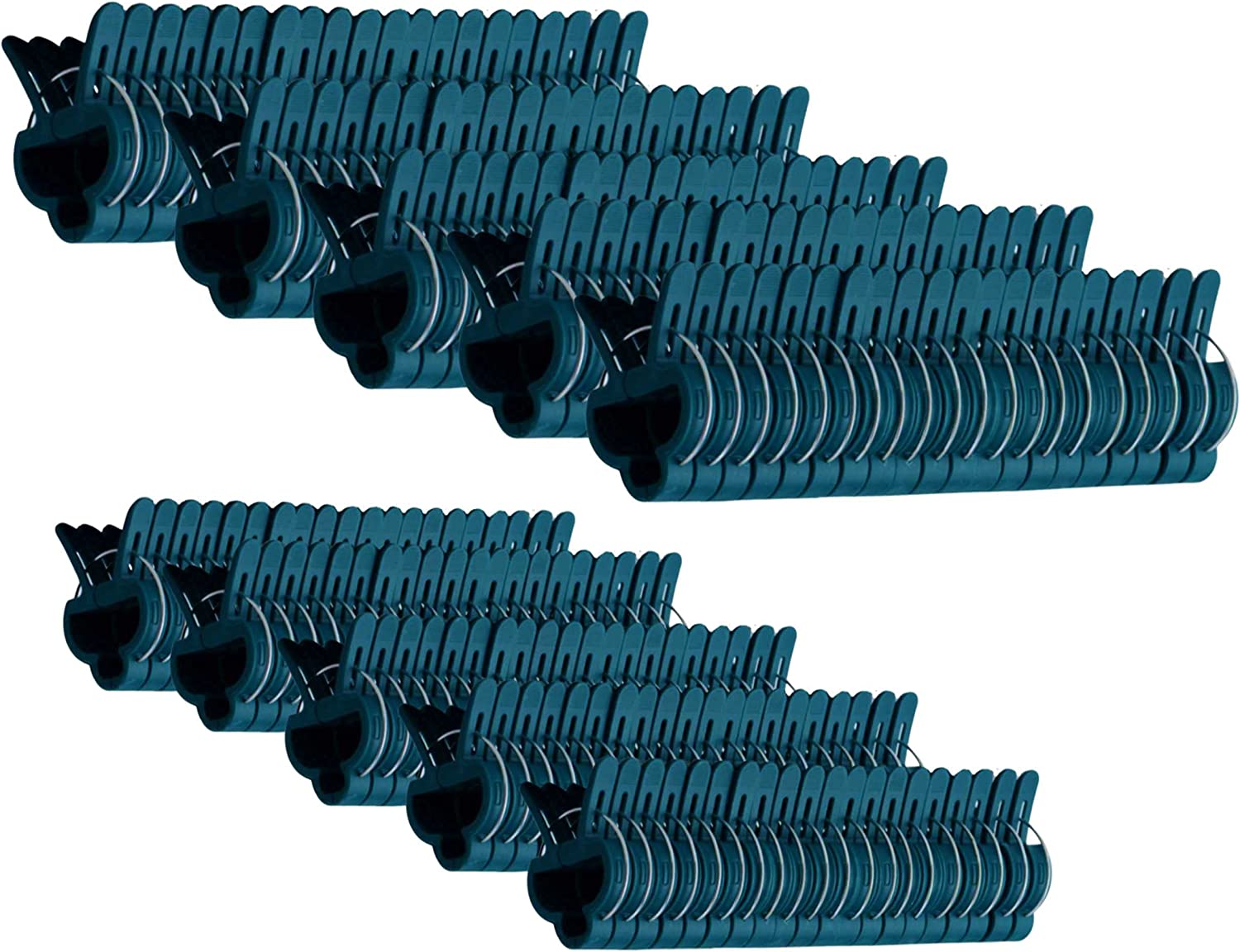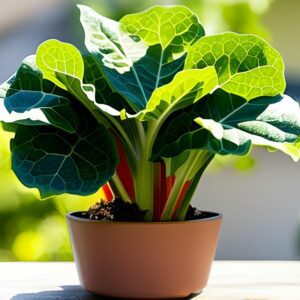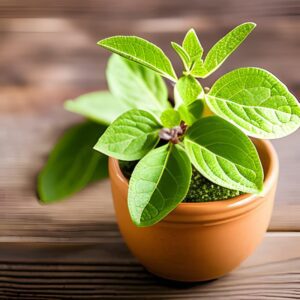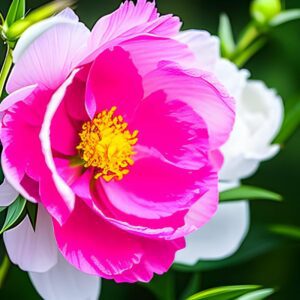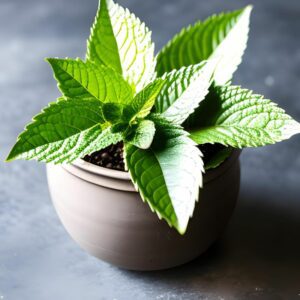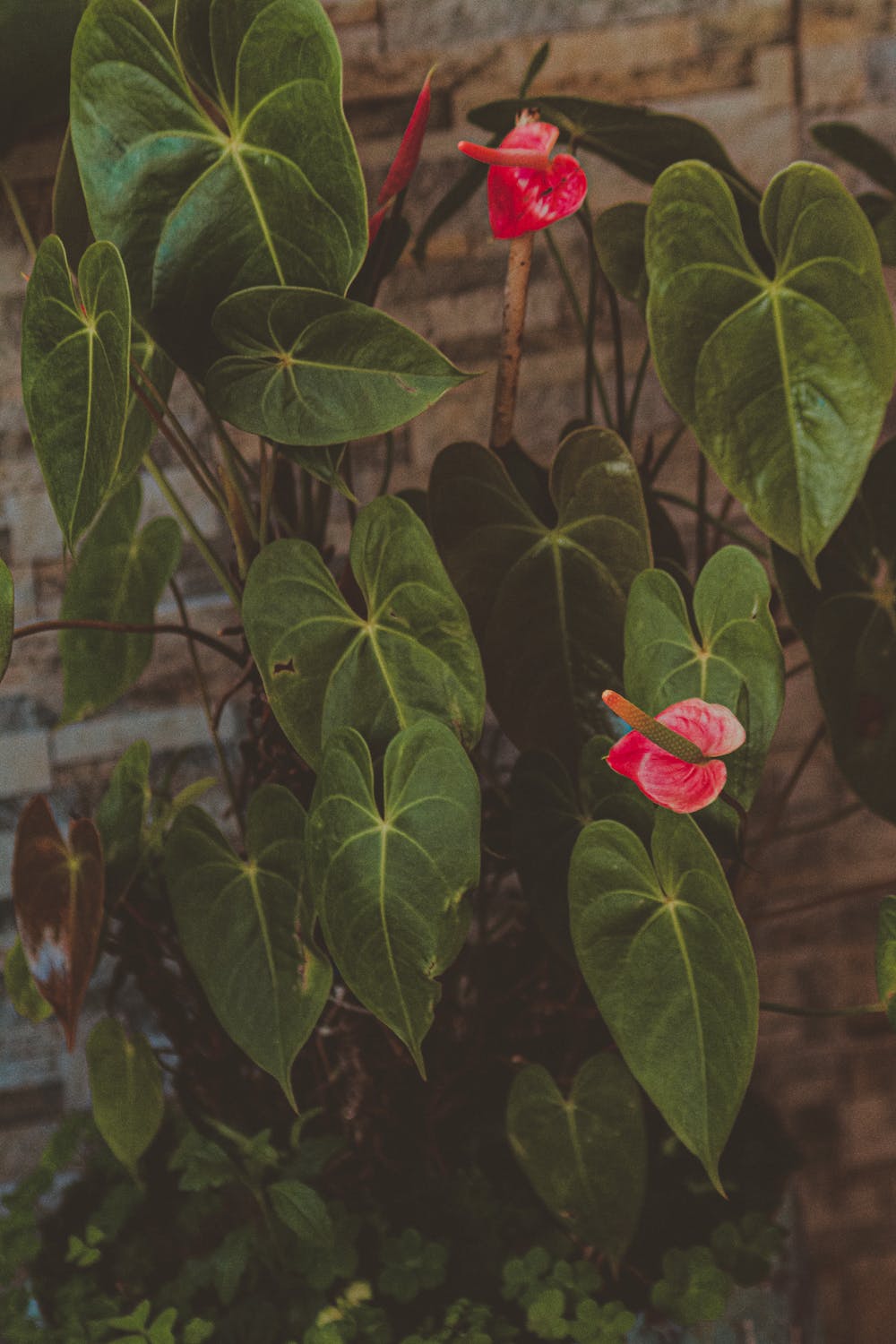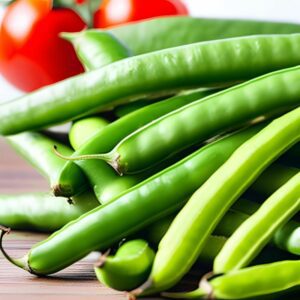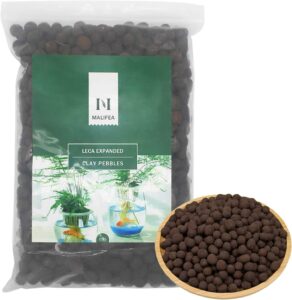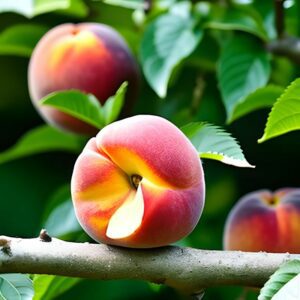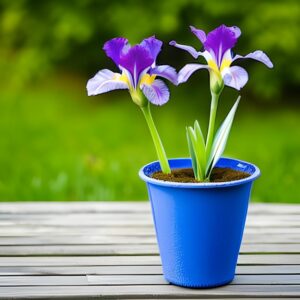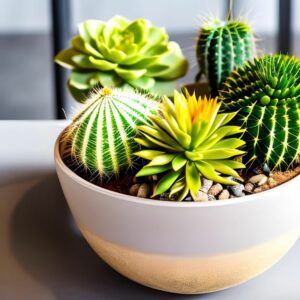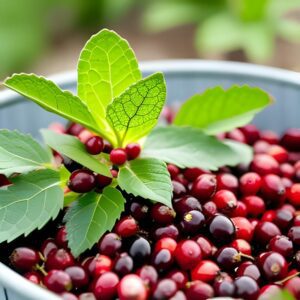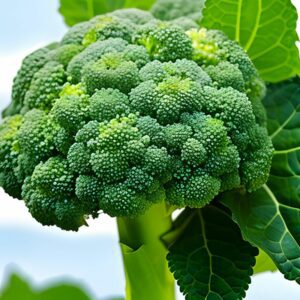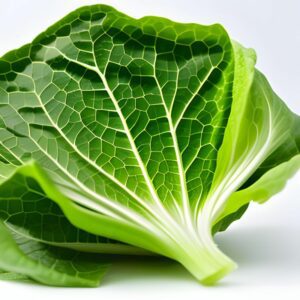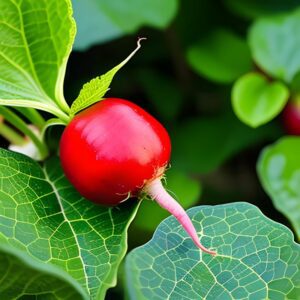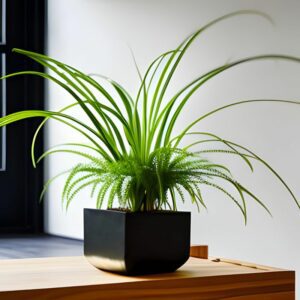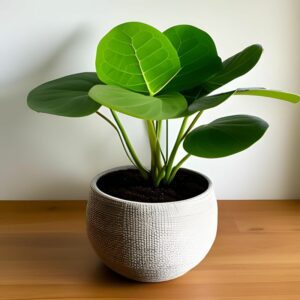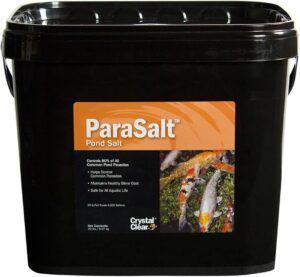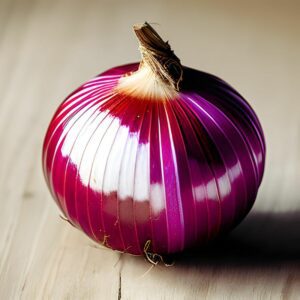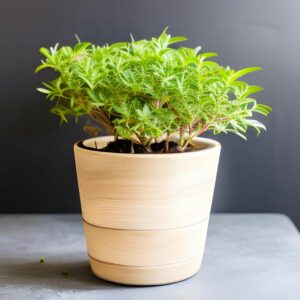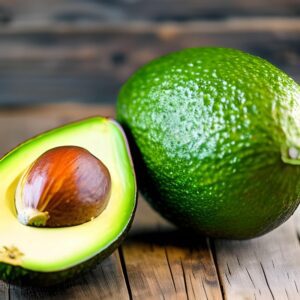Zucchini
Vegetables
- Italy
- Easy
- 2-3 months
Introduction
Zucchini is a popular summer squash that originated in Italy. It is known for its mild flavor and versatility in a range of culinary applications.
Plant Characteristics
Zucchini plants have large, dark green leaves and produce long, cylindrical fruits that can grow up to 12 inches long. The plants can grow up to 2-3 feet tall and have a bushy growth habit.
Ideal Growing Conditions
Zucchini plants prefer full sun and well-draining soil with a pH between 6.0-7.5. They should be watered regularly, keeping the soil evenly moist but not waterlogged. Zucchini plants can also benefit from regular fertilization with a balanced vegetable fertilizer.
Planting Guide
Plant zucchini in the spring after the last frost date in your area. Sow seeds directly in the soil or transplant seedlings into well-prepared soil. Space plants 2-3 feet apart in rows that are 3-4 feet apart.
Watering and Fertilizing
Water zucchini regularly, keeping the soil evenly moist but not waterlogged. Fertilize every 2-3 weeks with a balanced vegetable fertilizer.
Pruning and Maintenance
Zucchini plants require little pruning but can benefit from regular harvesting to promote continued fruit production.
Propagation or Harvesting
Harvest zucchini when the fruits are 6-8 inches long and have a shiny, dark green skin. Zucchini plants also produce large yellow flowers that are edible and can be used in a range of culinary applications.
Post-Harvest Care
Store harvested zucchini in the refrigerator for up to 1 week. Remove any damaged or moldy fruits to prevent spoilage.
Troubleshooting
Zucchini plants can be prone to powdery mildew, a fungal disease that appears as a white powder on the leaves. To prevent this, avoid overhead watering and provide good air circulation around the plants.
Fun Facts
Zucchini is a good source of vitamin C, potassium, and fiber. It can be used in a range of recipes, from savory dishes to baked goods, and is a popular ingredient in Mediterranean cuisine.
